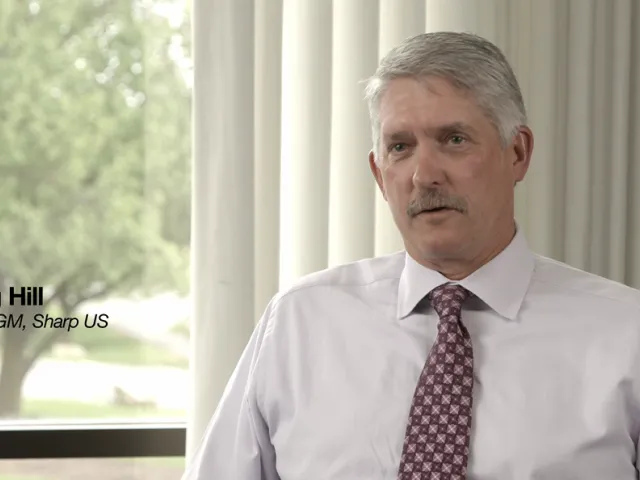Table of contents
Clinical-stage drug manufacturers in the U.S. have a long list of compliance tasks leading up to FDA approval and commercial product launch. One critical factor is how to plan for serialization under the Drug Supply Chain Security Act (DSCSA). If your organization has already filed a New Drug Application (NDA), you may be ready to ship product in a matter of months. When your product launch date arrives, you and your contract partners will be subject to the serialization requirements of the federal law as of November 2017.
DSCSA provides a national standard to protect the drug supply chain from counterfeit medicines. Drug manufacturers, wholesale distributors, repackagers, and dispensers that work with prescription medications all have DSCSA requirements, but manufacturers are the only ones that must meet the 2017 serialization mandate.
While your current operations may be focused on research and development more than supply chain management, you and your partners must educate yourselves on the basics of DSCSA—or put your product’s commercialization life cycle at risk.
What are the DSCSA requirements for manufacturers?
While there are no DSCSA requirements at
Serialize product
- Serialize at the package level, using a 2D DataMatrix barcode.
- Serialize at the sealed homogeneous case level, using a 2D DataMatrix or linear barcode.
- Data must be machine- and human-readable and include National Drug Code (NDC) and serial numbers, lot number, and expiration date.
Verify
- Respond to requests for verification from authorized repackagers, wholesale distributors, or dispensers to verify the product identifier, including the serial number, within 24 hours.
- Verify the product at the package level, including the standardized numerical identifier, upon receiving a request from the FDA following a determination that a
potentially suspect product may exist. - Verify serial numbers of sealed homogeneous cases or individual units for received saleable returns.
Store
- Serialization data must be stored in an active, readily available location for six years past the transaction date.
- In addition, as a manufacturer, you must send the transaction history, information, and statement (T3) electronically to all parties to whom you sell drug product.
4 key serialization considerations for clinical-stage pharmas
Commercialization relies heavily on promoting the right product to the right market at the right price, and timing it in accordance with compliance is critical. As you await FDA approval, what should you consider today to prepare for serialization?
1. Identify partners and communicate early about serialization requirements.
If you plan to use contract partners to handle some or all of your manufacturing needs, you need to work with them towards serialization readiness. Start discussions as soon as you identify which contract manufacturers, packagers, and third-party logistics (3PL) providers you’ll use so they can understand and prepare to meet your unique requirements. You’ll want to discuss scheduling logistics, line equipment needs, your specific technical requirements, and meeting data exchange demands.
2. Understand how serialization will impact your operations.
The challenges of serialization go beyond printing and labeling: DSCSA compliance will impact many of the operations that you may just now be establishing. Whether you’re marketing a low-volume orphan drug or the next blockbuster that will shake up the industry, you must prepare for the time constraints on your operational processes.
Serialization will introduce challenges across your organization, impacting quality, commercial, regulatory, supply chain, and manufacturing operations. Preparing for a well-timed implementation will help you address how to perform serialization at
3. It takes longer than you think, and it doesn't pay to wait.
With the millions of dollars and years of
Regardless of your company’s size, your serialization efforts will be significant. Even large
4. Find the right serialization solution for your unique pharmaceutical needs.
Because serialization introduces enormous data volumes and storage demands, one of your most critical decisions is selecting your serialization infrastructure. Meeting DSCSA and other market requirements
As you evaluate your approach and talk to vendors, consider which ones offer a proven approach to life sciences compliance, a visionary data exchange platform, expertise in evolving regulatory phases, and built-in
Next, we look at the basics of serialization—discussing in detail how brand owners without “big pharma” resources can get up to speed on serialization and fast-track your compliance: Serialization: Where to Begin.







